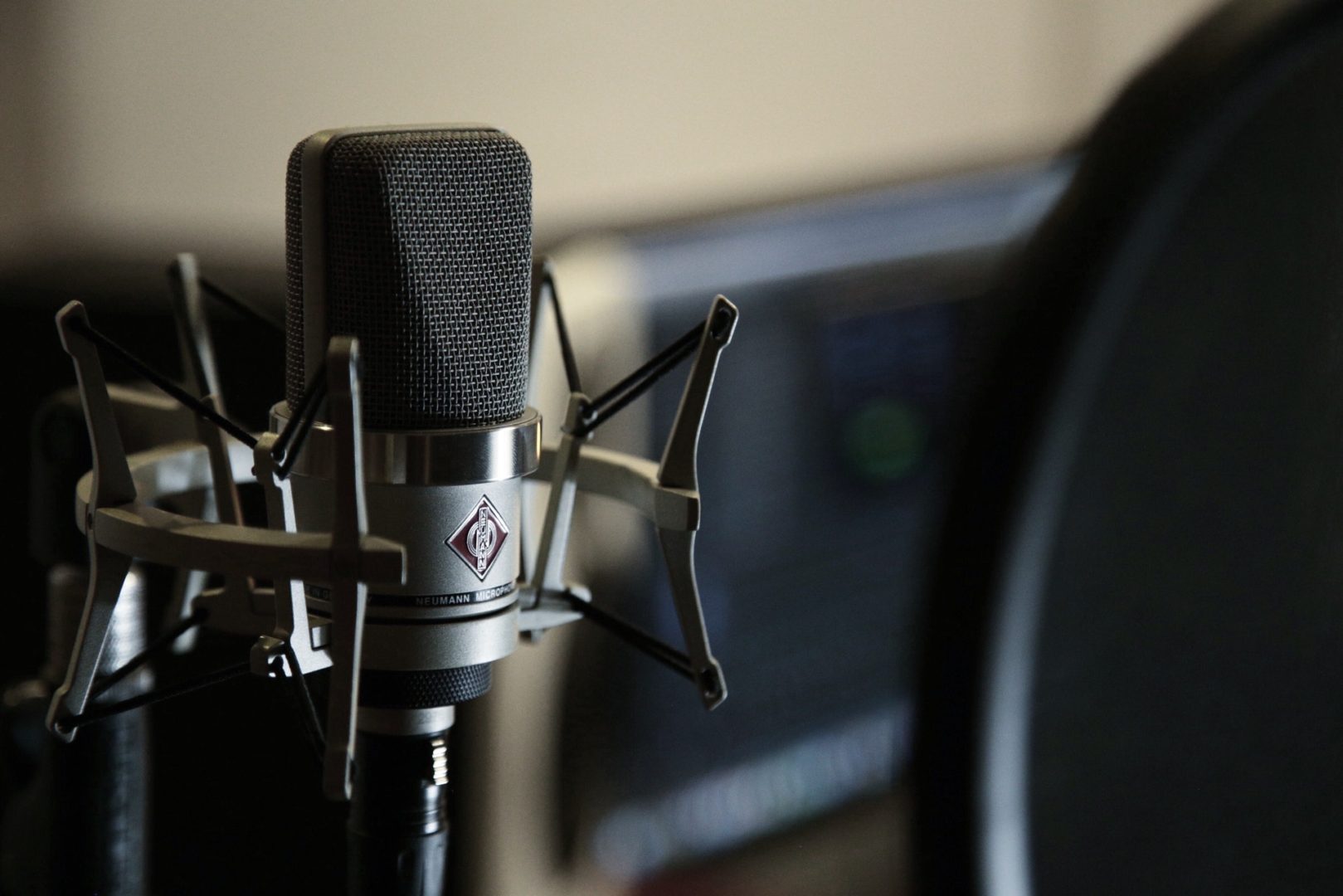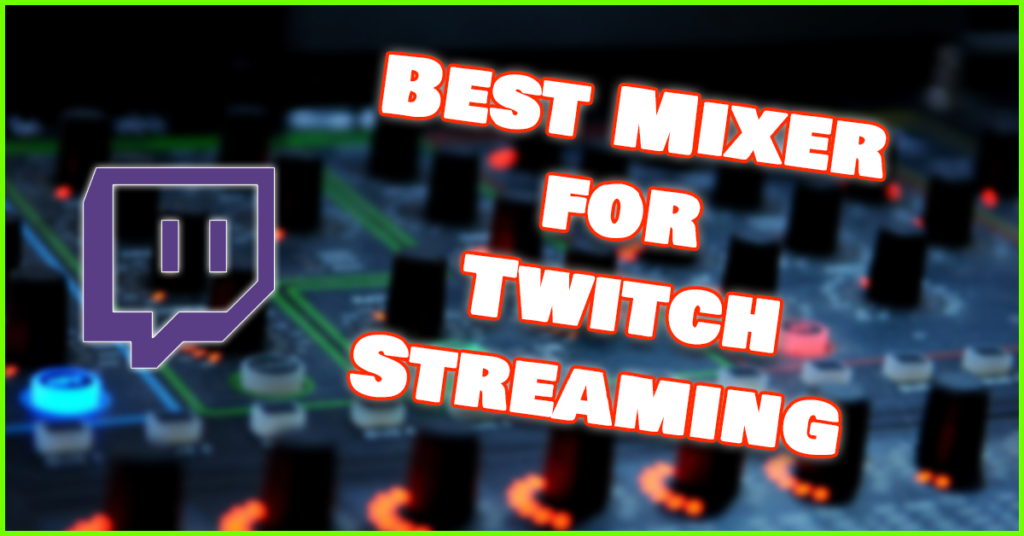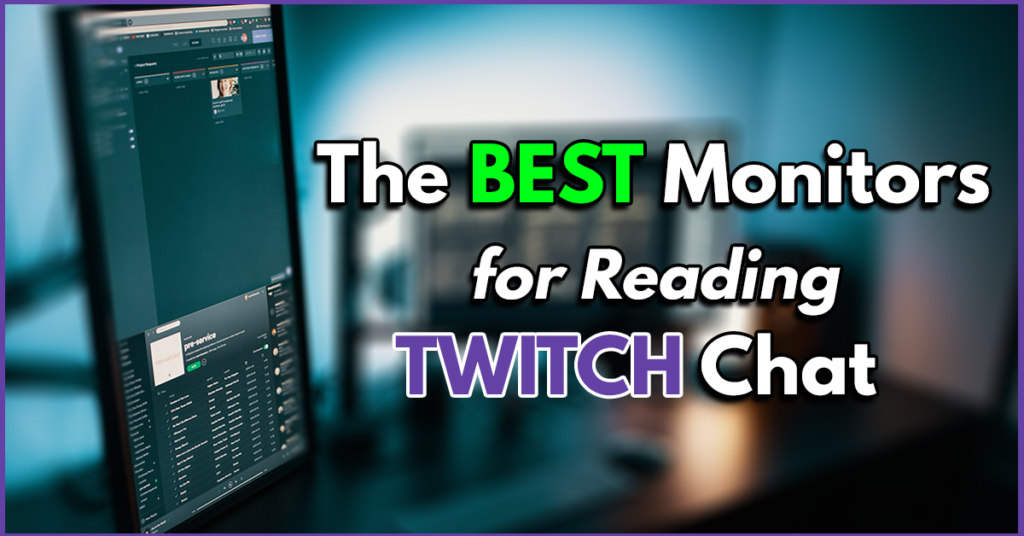As an Amazon Associate I earn from qualifying purchases.
Get studio quality audio for your stream from these budget worthy microphones!
Chances are if you’re new to streaming you don’t have the best gear and are looking for an upgrade from the traditional gaming headset without breaking the bank. Below is a list of some of the best budget USB microphones for streaming under $100, along with their respective pro’s and con’s.
Nothing is worse than when you pop into a stream and the first thing you hear is the broadcaster sounding equivalent to a fast food drive through employee. Having acceptable audio is important for new or returning viewers and respecting their ears can go a long way. A decent microphone will make or break your first impression on what could be a potential long time follower and in most cases more important than visual quality.
It’s a great time to be producing live content on any platform with such affordable condenser mics and dynamic mics in today’s market, there’s no reason to abuse viewers hearing.
Blue Snowball iCE
The Blue Snowball is the best budget microphone most seasoned content creators with in their streaming career. Sitting under $50 dollars, this mic is regarded as the best microphone in its price range for its quality and ease of use. This single condenser microphone will deliver great sound without breaking the bank. Works seamless right out of the box and has plenty of reviews to back up its quality. This is the go to beginner mic.
This mic usually goes on sale around $40, which is a great value making it unbeatable for the quality it provides.
Pro’s:
- Price point – Great entry level microphone
- Great pick up range
- Plug and Play – No set up required
- Discord and Skype certified
Con’s:
- No mute button or headphone jack
- Red LED power indicator light can’t be turned off
- Highest sample rate is 44kHz
Razer Seiren Mini
This little condenser mic is the perfect starter microphone for your stream setup. With one of the lowest entry points from a reputable brand, the reviews don’t lie! With a “Supercardioid” Pickup Pattern, The Razer Seiren Mini has a tighter pick up range and will help get rid of any unwanted background noise.
The only initial downsides are a lack of a mute button and headphone jack for monitoring. Given the cost of the mic, Razer had to cut some corners. This can easily be combatted by setting up a hot key or if you have a stream deck, you can mute the mic at any time.
Pro’s:
- Size – Perfect for smaller desk setups
- Boom Arm Compatibility
- Plug and play – works great right out of the box, no software needed
- Great starter mic
Con’s:
- Requires some tinkering – Noise gate, limiter’s etc…
- No Mute button
- No headphone jack
Audio-Technica AT R2100x
Audio Technica’s AT R2100x is easily one of the best bang for your buck dynamic mics out right now. It offers exceptional audio quality, at a sub $80 dollar price point. It’s both an XLR and USB microphone that comes with a built in headphone jack. So you can either plug it directly into your PCs USB port or pair it with an audio interface and take advantage of phantom power.
Another unique thing about the ATR2100x is that its a dynamic microphone. So it will pick up less background noise than the more popular condenser mic’s available.
Pro’s:
- Versatile – Can be used as either a USB or XLR mic
- Dynamic Mic – Cardioid polar pattern will help eliminate background noise
- Lightweight – Not as big and bulky as most its condenser counterparts
- On/Off switch
- Volume knob for live monitoring
- USB and XLR outputs
- Great for a home studio
- Comes with USB cable
Con’s:
- Accessories – While its nice it does come with the needed cables, they lack quality
- Shock mount – Has limited shock mounts available.
- Finish can be easily scratched
Blue Yeti Nano
It goes without saying that Blue Microphones are without a doubt some of the best entry level products within their price range. The Blue Yeti Nano is smaller in stature to its big brother the Blue Yeti ,but comes with most if not all the same bells and whistles. This mic comes with No-Latency monitoring, exceptional audio quality and a wide range of accessories. The Nano offers a fine balance between lower and higher end condenser microphones and is one of the best budget microphones out.
The price point is the only point of contention, given normal Yeti’s don’t cost much more. Thankfully this mic goes on sale and will usually sit around $79.99.
Pro’s:
- 2 different pickup modes: “Cardioid mode” – for streaming & “Omni mode” – great for multi-person calls/interviews
- No Latency monitoring – Let’s you monitor your voice and headphone volume in real time
- Amazing sound quality for its size
- Proprietary Blue VO!CE software – allows to configure your mic with a ton of options
- Built-in volume control
Con’s:
- Price is a little steep, especially when you can get a normal Yeti for about $30 more
- Out of the box, picks up a lot off background noise
- A boom arm is a must
Rode NT-USB-Mini
Rode is among one of the most infamous audio brands on the market for either podcasting or streaming and the Rode NT-USB-Mini is a perfect example of why. This little USB condenser microphone requires no software or setup and will work with any PC or tablet right out of the box. With integrated pop filter and solid build quality this mic is made to last while delivering studio quality audio at an exceptional price.
The NT-Mini sits at the highest price point on the list but is easily going to give you the highest quality under $100.
Pro’s:
- Internal pop filter
- Desk stand is magnetic
- Includes zero-latency monitoring switch
- 24 Bit Audio to digital converter
- USB-C (Works with both PC and Tablet)
- Plug and play
Con’s:
- No Gain control
- No Mute button
Condenser Mics VS. Dynamic Mics
This has been under debate for some time among content creators, on which type of microphone is best option for streaming. To be honest both are a great choice, but it really depends on what you are looking for in your sound profile.
Condenser Mics
Condenser microphones tend to be louder given their large diaphragm and are used to capture sound in much more open spaces. They tend to be used for a more natural sound, for either recording something like an acoustic guitar or live performances. But when it comes to streaming, Condenser mic’s are known to have a wider frequency response as well, meaning they are pretty versatile and can pick up more dynamic range of complex sounds. Only down side being they tend to be a bit weaker or quieter than dynamic mics and often require additional power of some sort.
In my past experience as someone with a busy household (wife, kids etc..) condenser mics sound amazing but are really sensitive to EVERY sound. These mics will generally require heavy sound suppression or noise gate to keep outside sounds from leaking in. Still, condenser mics offer great sound quality and can usually be found at an affordable price.
Dynamic Mics
As previously stated, my household is pretty busy with a lot of outside sounds. So I tend to opt for dynamic mics for their polar cardioid pickup pattern, meaning it tends to only pickup sounds directly in front.
Dynamic mics are a great option for vocal recording and still have a wide enough frequency range to work better with louder sound sources over condenser mics. They are touted for being more durable and less sensitive as well, making them the best choice for live performances. Dynamic mics tend to require less post effects when streaming as well, so less noise gate and suppression.
Making the right choice when choosing a Microphone
Finding the right microphone can be a pretty polarizing experience for beginners. Most are similar in price and offer the same features which don’t make matters helpful. Everybody has a different use case scenario and one mic that might work for some might not work the same for others, especially under a tight budget.
Couple of key things to be mindful when shopping for microphone you have to ask yourself:
- Does this mic include features that best suit my current situation (size constraints, background noise etc…)
- What is the cost of accessories needed to make this mic viable? Some mic’s require unique pop filters or boom arms that may cost more than others.
- Intended purpose. Are you going to use this for just streaming? Or also for recording music or conference calls? Does the mic in question meet those needs?
- Is this microphone compatible with my current computer?
- Will this mic require additional programs to make it sound better?
If any of the mic’s on this list check enough boxes, you know you’ve found the right one!
Amazon and the Amazon logo are trademarks of Amazon.com, Inc, or its affiliates.



